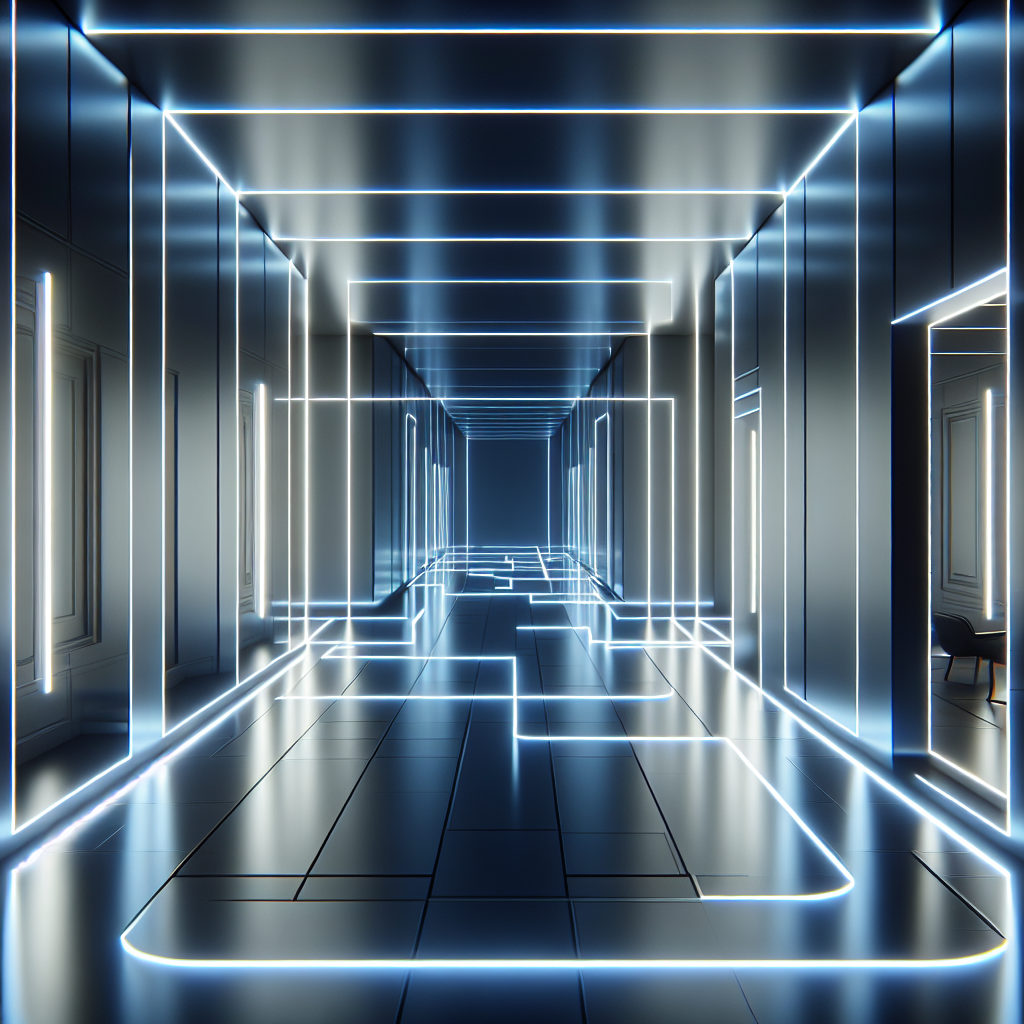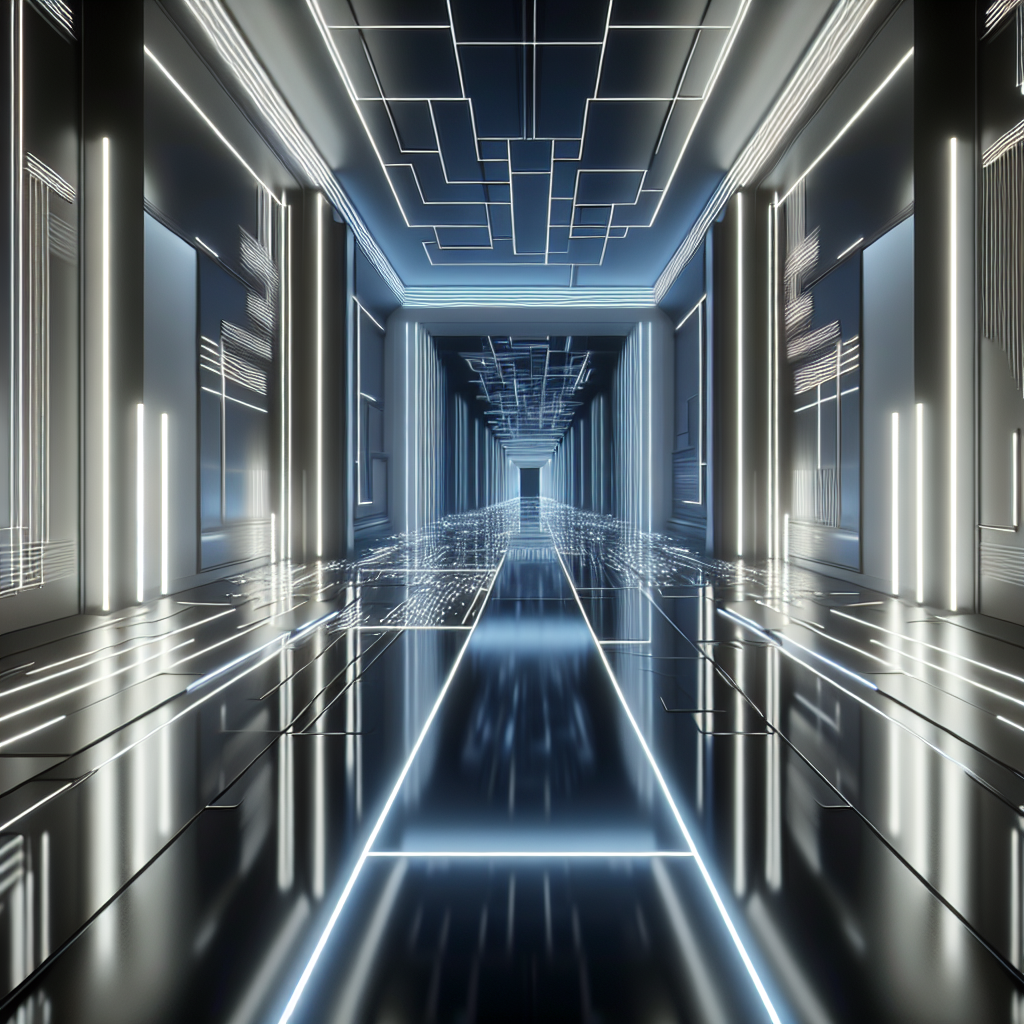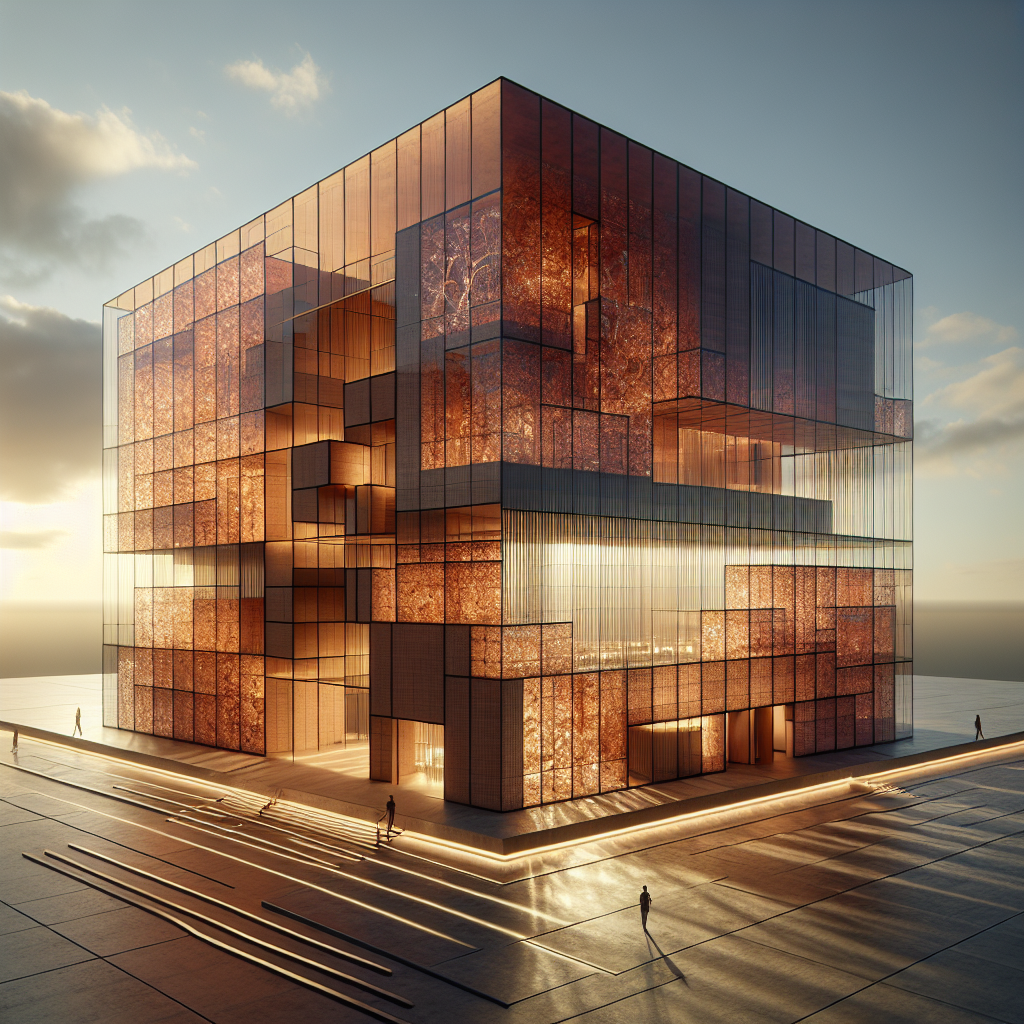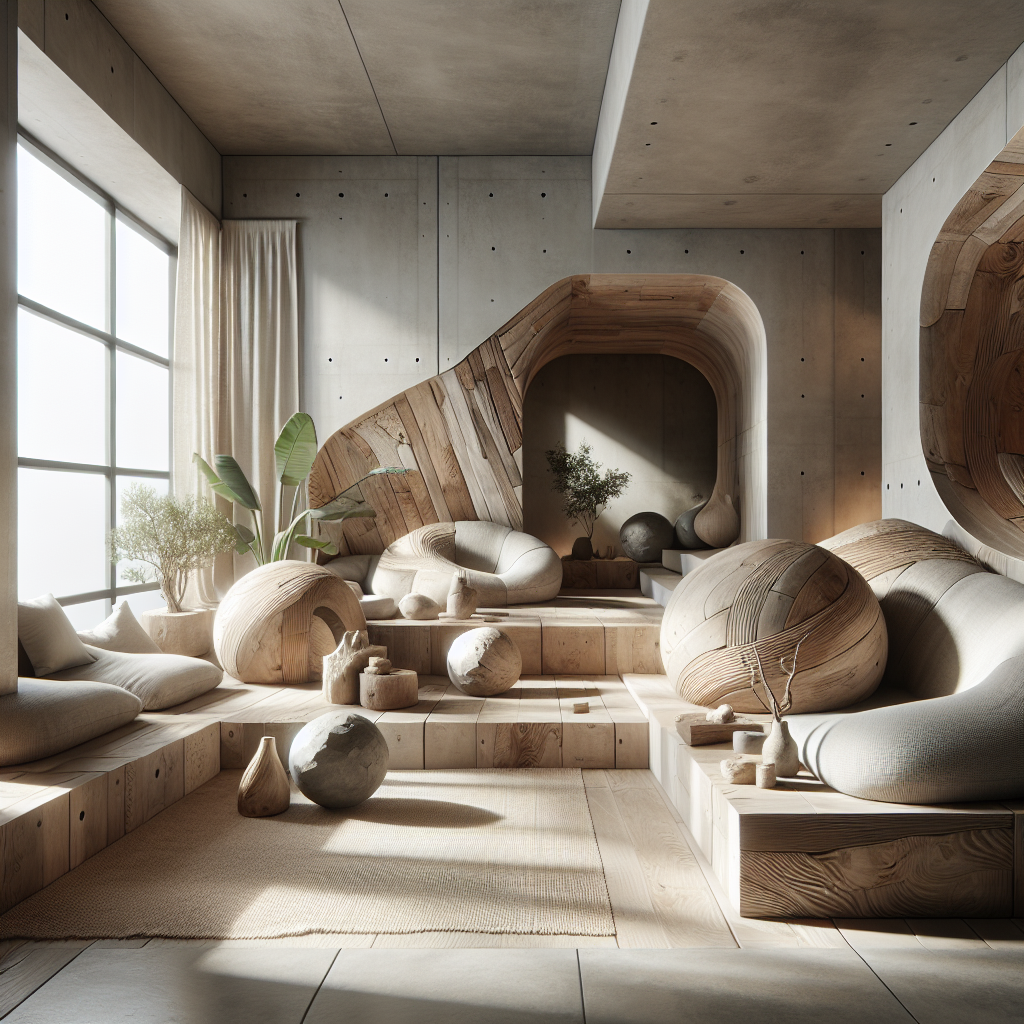The neon corridor: ultra-thin LED lines tracing architectural edges
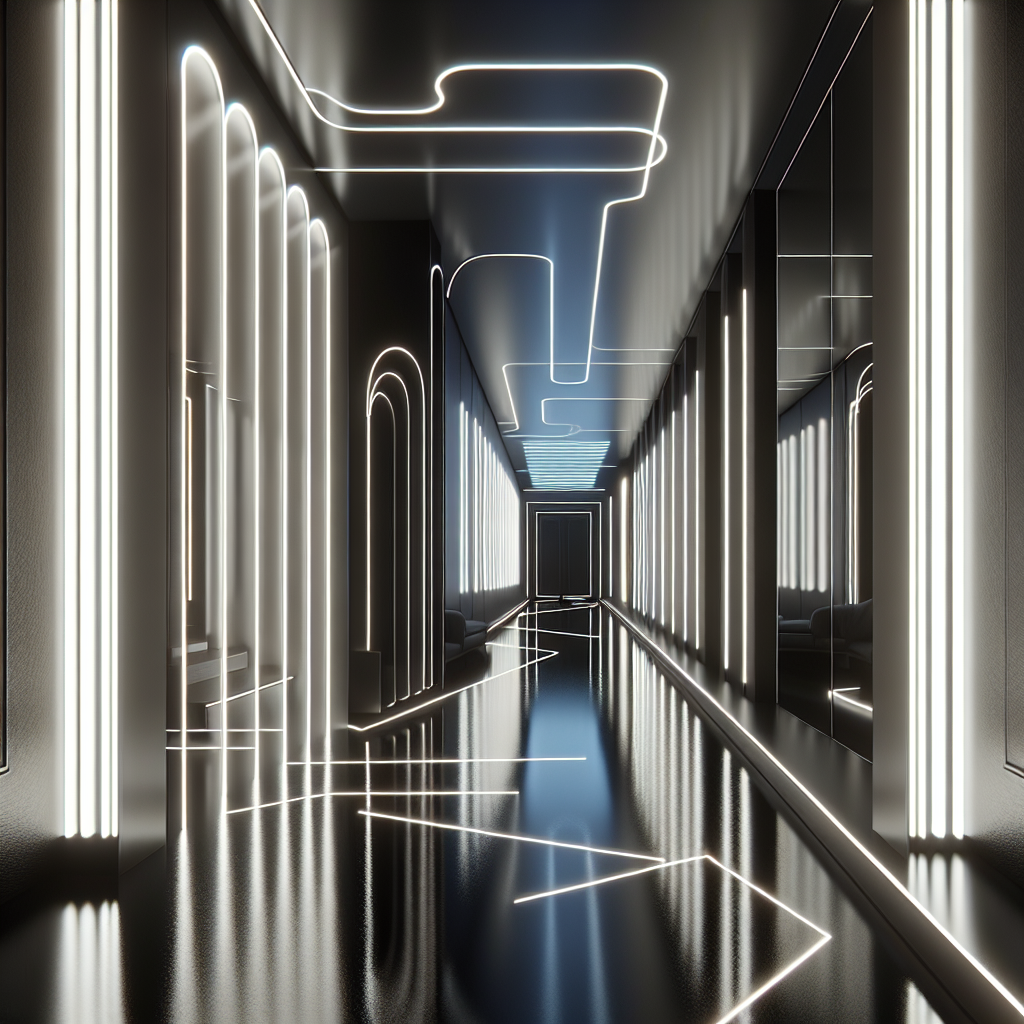
The Neon Corridor: Ultra-Thin LED Lines Tracing Architectural Edges
In the ever-evolving world of architecture and interior design, lighting has transcended its functional role, emerging as a powerful tool for redefining spatial experiences. Today, ultra-thin LED lines—often evocatively termed “neon corridors”—are illuminating architectural edges, creating mesmerizing spatial effects and redefining how we perceive built environments. This trend, marked by its futuristic aesthetic and precise linearity, is rapidly becoming a hallmark of contemporary design.
The Rise of the Neon Corridor: A Fusion of Art and Technology
Tracing the edges of walls, ceilings, and floors with slender lines of LED lights has transformed mundane architectural elements into striking visual statements. These luminous outlines not only accentuate spatial boundaries but also craft dynamic visual pathways, guiding inhabitants through spaces with subtle yet compelling cues. The technique evokes a futuristic ambiance reminiscent of the iconic neon-lit landscapes depicted in films like Blade Runner 2049, where technology profoundly shapes urban aesthetics. As explored in our previous analysis of technology’s impact on futuristic city design, lighting plays a pivotal role in defining architectural identity.
Unlike traditional neon tubes, contemporary LED technology offers unparalleled flexibility, energy efficiency, and longevity. Designers can now integrate ultra-thin LED strips seamlessly into architectural surfaces, creating uninterrupted lines of illumination that appear to float effortlessly. The result is a refined minimalism that harmonizes with contemporary design principles, emphasizing clean lines, geometric precision, and understated elegance.
Architectural Applications: Illuminating Boundaries and Beyond
Ultra-thin LED lines are versatile, adaptable to various architectural contexts—from residential interiors and commercial spaces to public installations. In residential settings, designers employ these luminous edges to define open-plan layouts subtly, creating visual separation without physical barriers. Imagine a living room where a slender line of warm white LEDs traces the ceiling perimeter, softly delineating the space and enhancing its cozy ambiance.
Commercial environments, such as boutique hotels and high-end retail stores, have embraced neon corridors to elevate customer experiences. For instance, luxury boutiques in Milan’s Brera Design District have integrated LED-lined architectural elements to highlight product displays and create immersive shopping environments. This approach not only enhances visual appeal but also subtly directs customer flow, guiding visitors intuitively through curated spaces.
Public installations have also adopted this innovative lighting technique to dramatic effect. Urban parks and pedestrian pathways now feature illuminated edges that enhance safety and accessibility while adding a captivating visual dimension to nighttime landscapes. As cities increasingly embrace biophilic design principles, integrating nature-inspired elements into urban environments, neon corridors offer a harmonious balance between technological innovation and natural aesthetics. Our exploration of biophilic design’s impact on human well-being highlights the importance of thoughtful lighting in creating restorative urban spaces.
Case Study: The Paris 2024 Olympic Village
A notable example of neon corridor implementation is the Paris 2024 Olympic Village, where architects have strategically employed ultra-thin LED lines to enhance wayfinding and spatial clarity. As discussed in our earlier article on the architectural impact of the Paris 2024 Olympic Games, lighting design plays a crucial role in shaping visitor experiences. Here, LED lines trace the edges of walkways, buildings, and communal spaces, creating a cohesive visual language that guides athletes and visitors seamlessly through the expansive site.
The Olympic Village’s lighting strategy not only enhances navigability but also contributes to the site’s sustainability goals. By utilizing energy-efficient LED technology, designers have significantly reduced energy consumption, aligning with Paris’s broader ambitions for sustainable urban development.
Technological Innovations Driving the Trend
The rise of neon corridors is intrinsically linked to advancements in LED technology. Today’s ultra-thin LED strips offer remarkable flexibility, allowing designers to integrate lighting seamlessly into architectural elements without compromising structural integrity or aesthetics. Innovations such as tunable white LEDs, which enable precise control over color temperature, further expand creative possibilities, allowing designers to tailor lighting atmospheres to specific spatial functions and moods.
Moreover, advancements in smart home technology have facilitated seamless integration of LED lighting into automated systems, enabling dynamic control over illumination levels, colors, and patterns. As highlighted in our feature on smart home technology revolutionizing home automation, intelligent lighting systems empower users to customize their environments effortlessly, enhancing comfort, convenience, and energy efficiency.
Visual Impact: Crafting Immersive Experiences
The visual impact of neon corridors is undeniably striking. Ultra-thin LED lines create a sense of depth and dimensionality, transforming flat surfaces into dynamic visual canvases. In minimalist interiors, these luminous edges provide subtle yet impactful visual interest, breaking monotony without overwhelming the design’s simplicity.
In more elaborate architectural contexts, neon corridors can amplify spatial drama, accentuating architectural forms and enhancing spatial perception. Consider a museum corridor where slender LED lines trace angular wall intersections, creating captivating geometric patterns that shift and evolve as visitors move through the space. This interplay of light and form not only enriches visual experiences but also fosters deeper engagement with architectural environments.
Challenges and Considerations
Despite their numerous advantages, implementing neon corridors requires careful consideration of several factors. Designers must meticulously plan LED placement to ensure seamless integration and avoid visual clutter. Additionally, selecting appropriate color temperatures and brightness levels is crucial to achieving desired spatial effects without causing visual discomfort or glare.
Maintenance considerations also play a significant role. While LED technology boasts impressive longevity, ensuring easy access for maintenance and potential replacements is essential for sustained performance. Thoughtful design strategies, such as incorporating discreet access panels or modular lighting components, can facilitate long-term upkeep without compromising aesthetics.
The Future of Neon Corridors: A Continuing Evolution
As architectural lighting continues to evolve, neon corridors are poised to become increasingly sophisticated and versatile. Emerging technologies, such as flexible OLED panels and integrated photovoltaic systems, promise even greater design flexibility and sustainability. Furthermore, as designers explore innovative applications—such as embedding LEDs within transparent or translucent materials—the possibilities for creating immersive, visually captivating environments will expand exponentially.
Ultimately, the neon corridor represents a compelling convergence of art, technology, and architecture. By tracing architectural edges with ultra-thin LED lines, designers are redefining spatial experiences, crafting environments that are both visually arresting and functionally intuitive. As this trend continues to gain momentum, it promises to illuminate the future of architectural design, shaping spaces that captivate, inspire, and delight.
For further reading on how innovative materials are reshaping design and architecture, explore our analysis of sand printing technology’s potential.
For additional context on lighting technology, see the comprehensive overview on LED technology, neon lighting, and architectural lighting design.
End of Article
